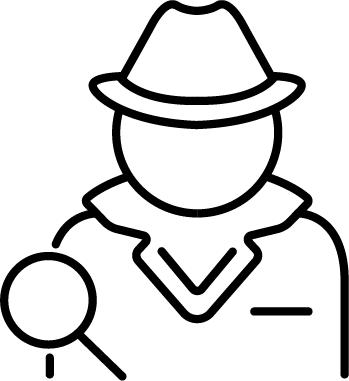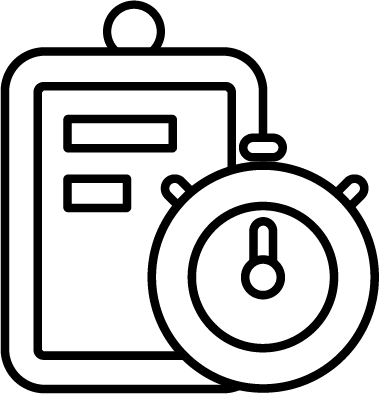What is an atom?
An atom is the smallest unit of an element that still retains the properties of that element. It's the basic building block of all matter, a bit like a single LEGO brick. Everything you can see, touch, or smell is made up of these tiny particles.
What is a chemical symbol?
Each letter or pair of letters is the chemical symbol for a specific element found on the periodic table. For example, 'H' stands for hydrogen, 'O' stands for oxygen, and 'C' stands for carbon. If there is a second letter, it is always lowercase. So, 'Co' is the symbol for cobalt, but 'CO' represents a molecule made of one carbon and one oxygen atom (carbon monoxide).
What is a molecule?
A molecule is a group of two or more atoms that are joined together. Think of it like a word formed by combining letters (atoms) from the alphabet.
What is a chemical formula?
The letters in a chemical formula are like the alphabet for chemistry. They represent the different types of atoms that make up a molecule. The letters tell us exactly which elements are in the molecule.
What is a subscript?
A subscript is a small number written at the bottom right of an element's symbol in a chemical formula. Its job is to tell you how many atoms of that specific element are in a molecule. For example, in the chemical formula for water, H2O, the small "2" tells us there are two hydrogen atoms.
What is a chemical bond?
A chemical bond is the force that holds atoms together in a molecule. A chemical bond is like a strong, invisible glue that connects two or more atoms, allowing them to form stable structures and create all the different substances in the universe.
 Atoms are the building blocks that make up everything in the universe. Currently there are only 118 confirmed different types of atoms. There are over 200 million different know molecules. How can there be so many different combinations of atoms to make molecules? Your challenge is to investigate how atoms combine to form different molecules.
Atoms are the building blocks that make up everything in the universe. Currently there are only 118 confirmed different types of atoms. There are over 200 million different know molecules. How can there be so many different combinations of atoms to make molecules? Your challenge is to investigate how atoms combine to form different molecules.

